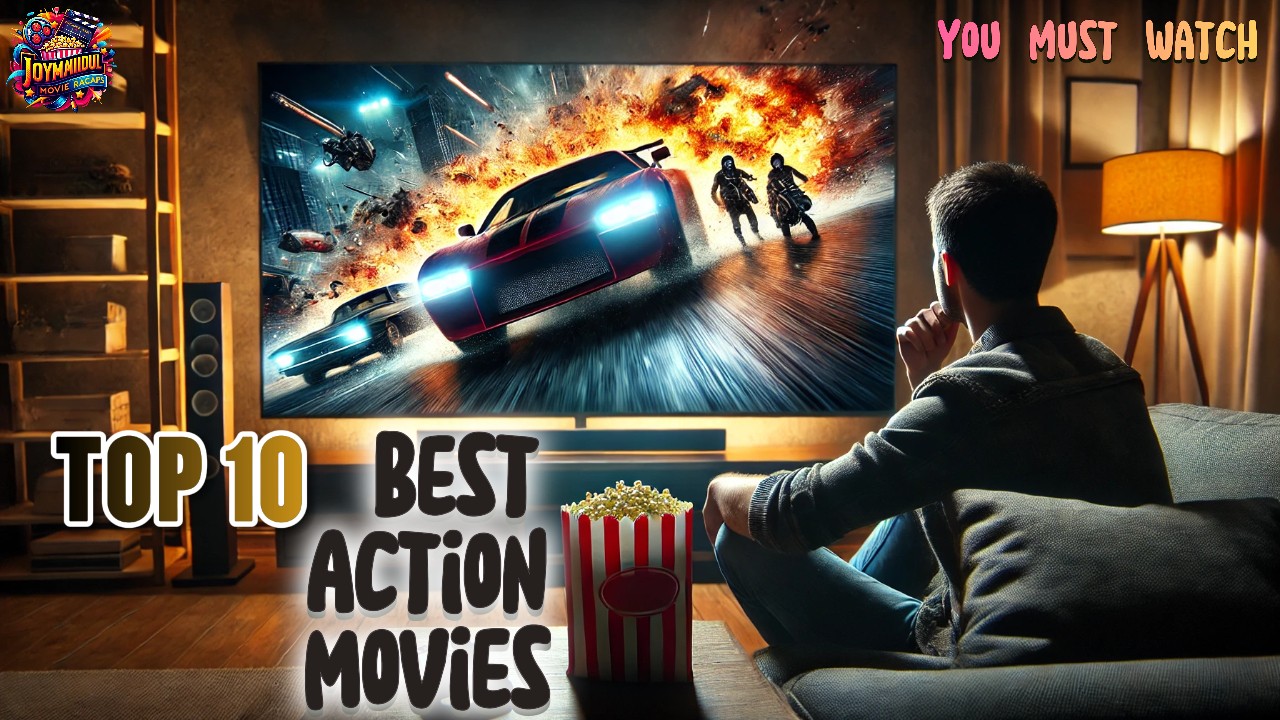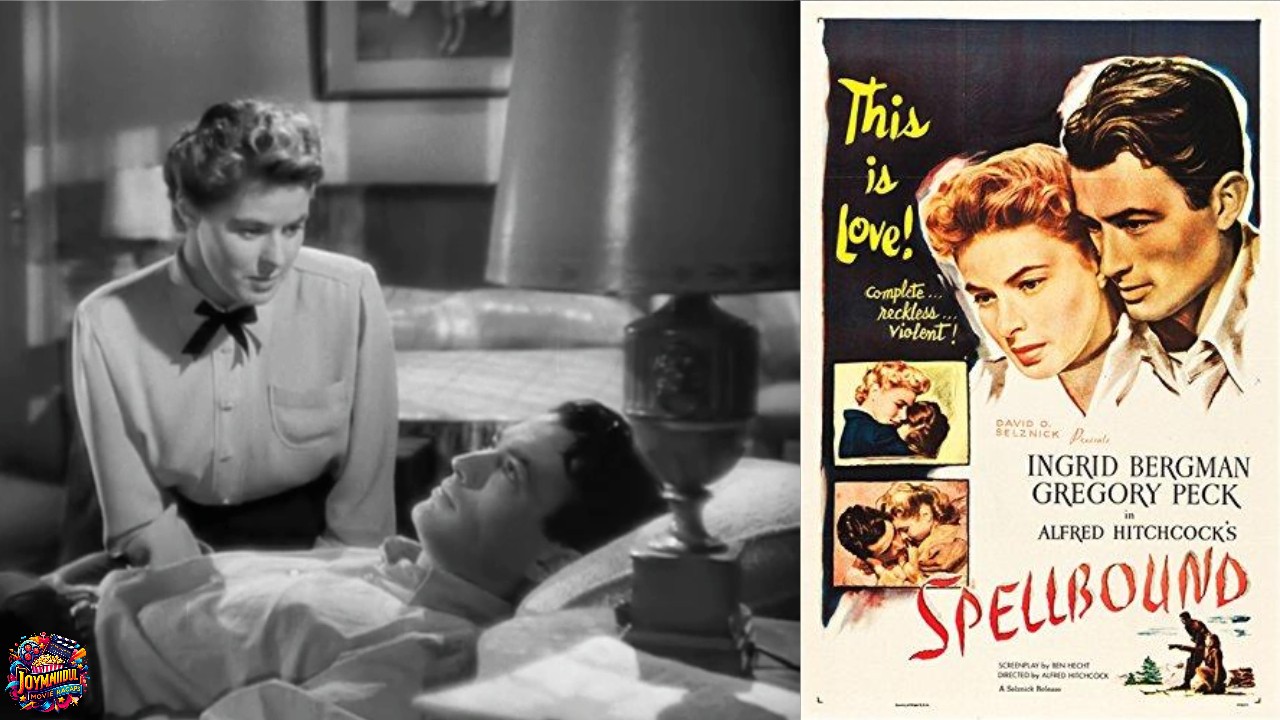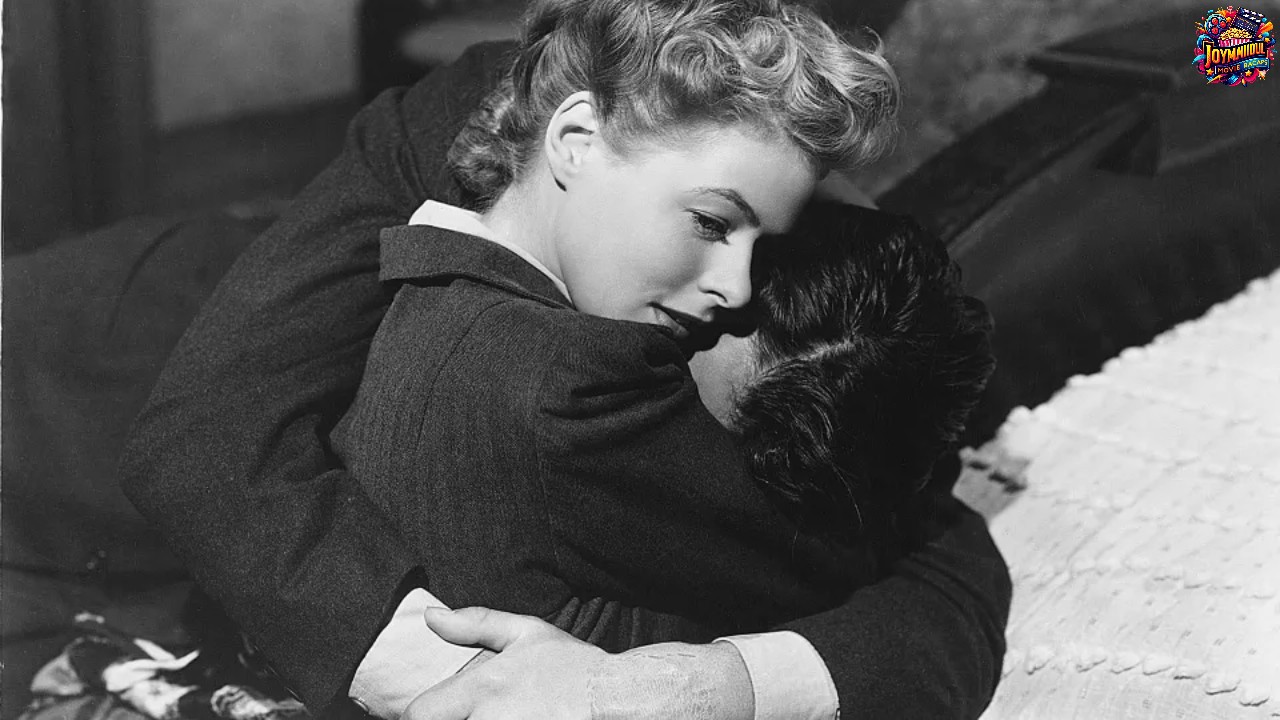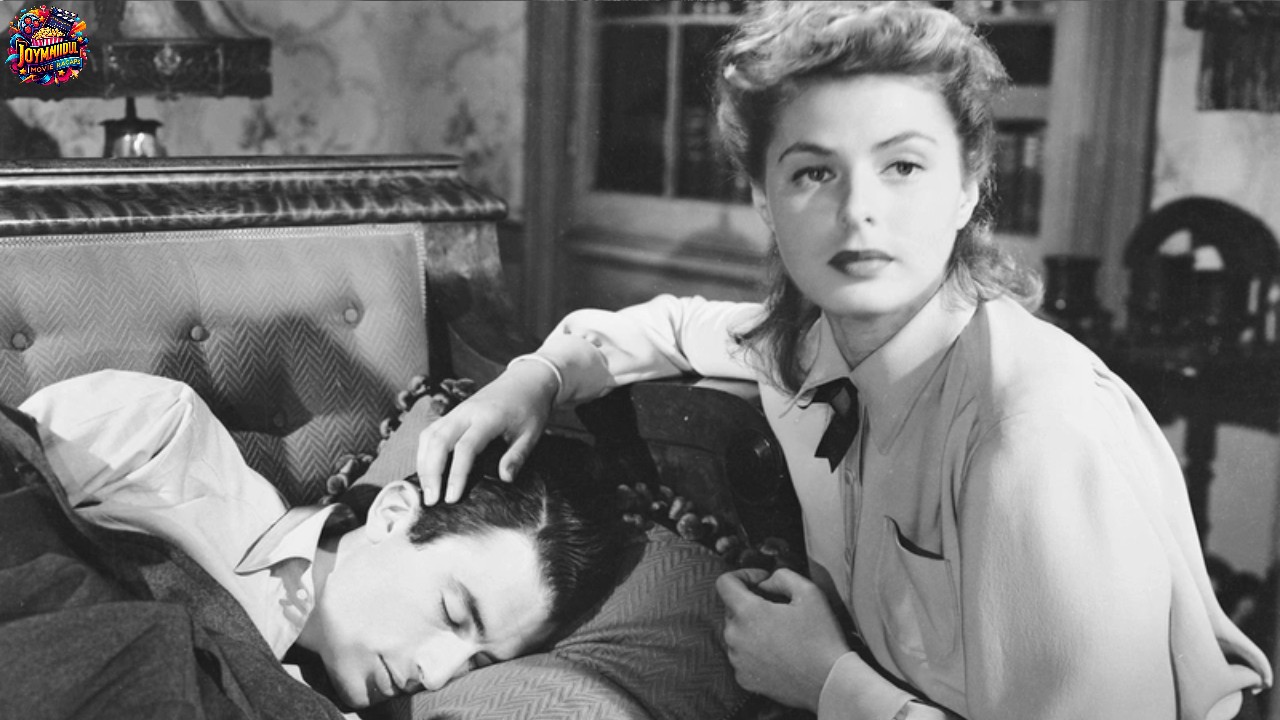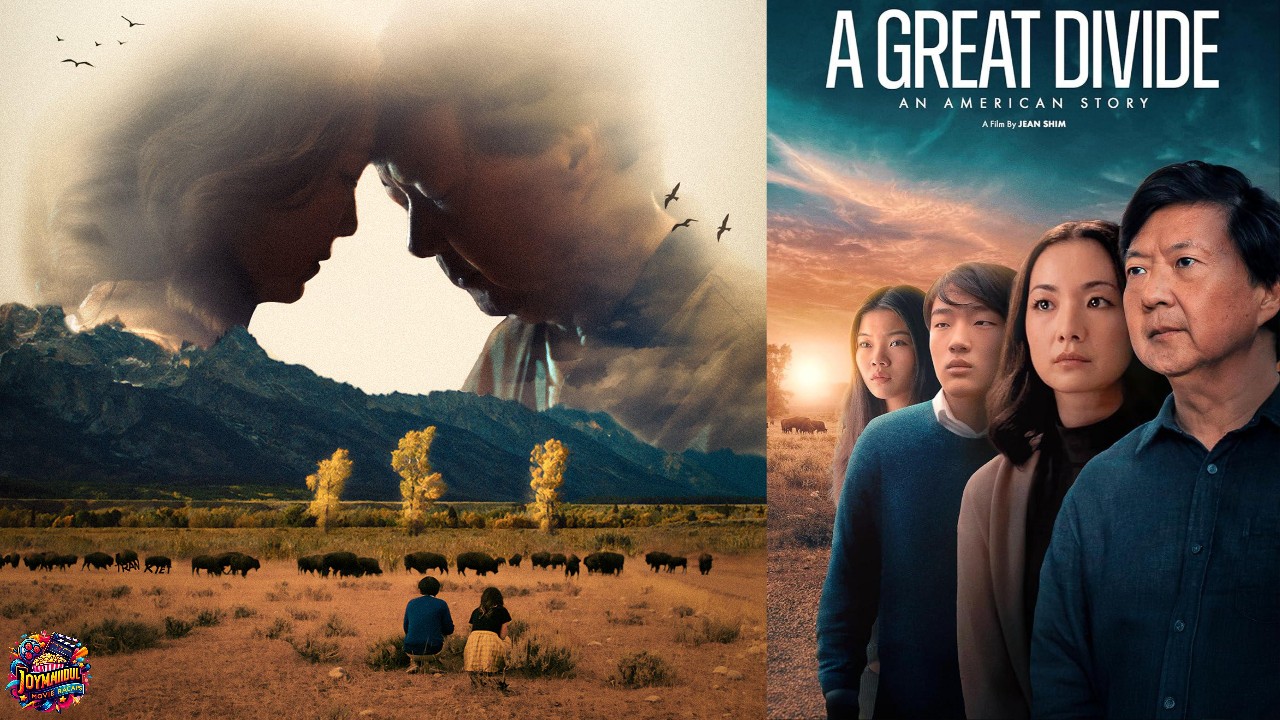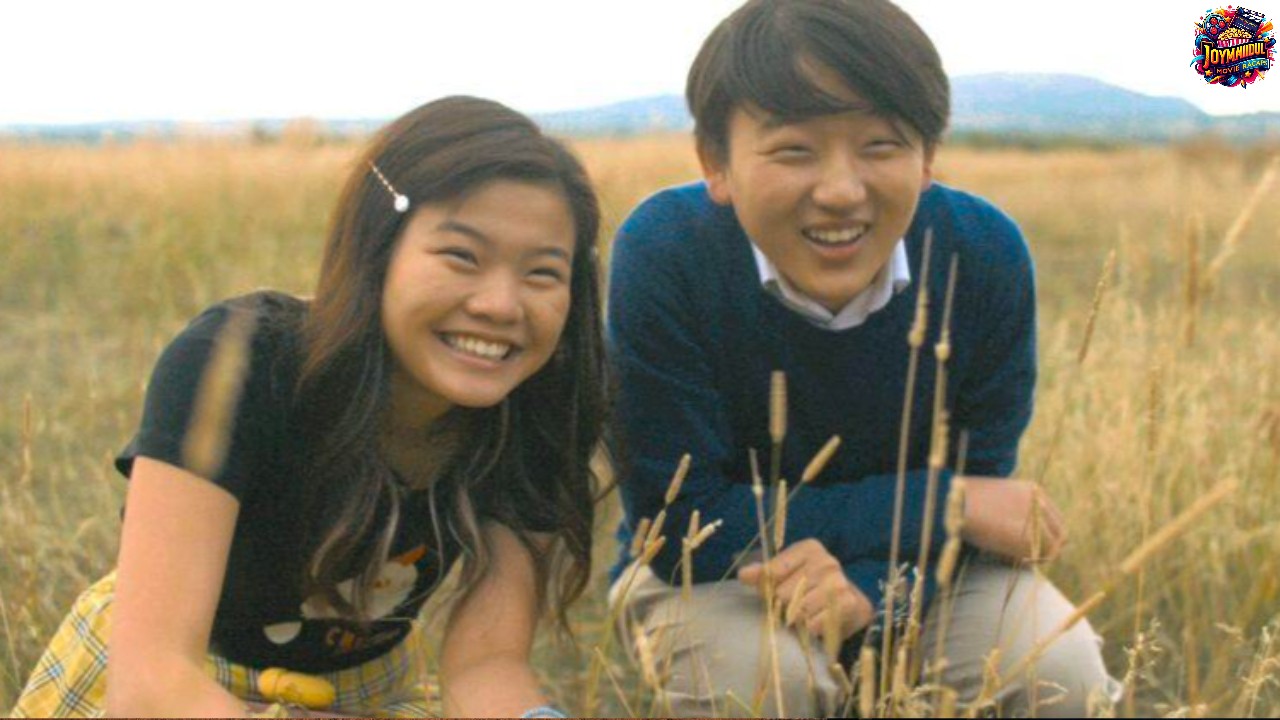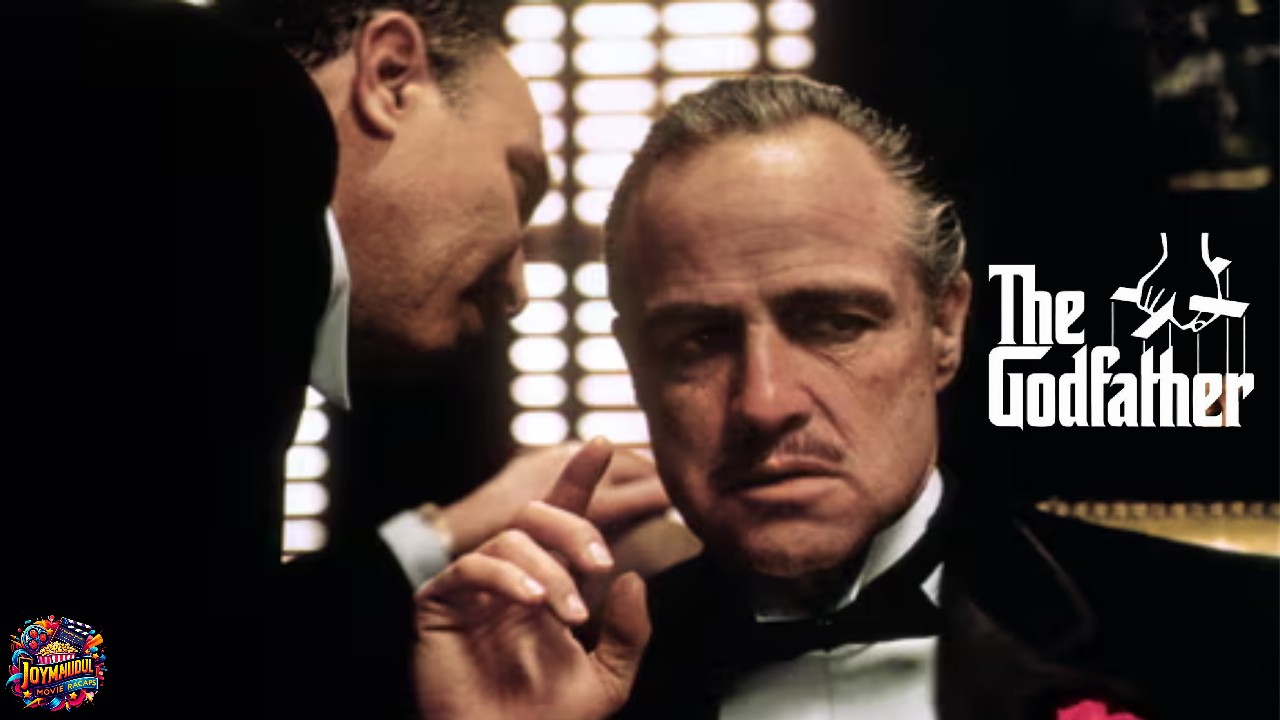Check out the top 10 best action movies of all time! From epic fight scenes to thrilling plots, these films redefine action cinema. Learn about their budgets, earnings, and unforgettable moments.
From Explosive Battles to Jaw-Dropping Fight Scenes—These Movies Will Keep You on the Edge of Your Seat!
Introduction
Action movies are a type of film that keeps changing, with amazing stunts, loud action scenes, and strong characters. The best action films take viewers to exciting places. They keep people excited and on the edge of their seats. From crazy car chases to clever robberies, these films have become important in culture and still shape the genre. In this article, we look at the 10 best action films. We discuss how they affected pop culture. We also check their budgets, profits, and great moments. So, grab some popcorn—let’s explore the world of unforgettable action movies.
1. Mad Max: Fury Road (2015)
Director: George Miller
Budget: $150 million
Box Office: $375.3 million
Mad Max: Fury Road changed action movies with its fast speed, stunning visuals, and simple story. In a post-apocalyptic world, Max (Tom Hardy) works with Furiosa (Charlize Theron) to escape the cruel warlord Immortan Joe. The movie used amazing real effects. These included real car chases and explosions. These elements made it one of the best-looking action films ever. It was highly praised, winning six Academy Awards, and is now seen as a great modern action film.
Why It’s Great:
Fury Road’s great visuals stand out. Real stunts and constant action create an unforgettable experience. The film mixes a simple story with amazing filmmaking.
2. Die Hard (1988)
Director: John McTiernan
Budget: $28 million
Box Office: $141.5 million
Die Hard is the best Christmas action movie. It tells the story of a New York cop named John McClane. Bruce Willis plays this character. McClane fights terrorists holding hostages in a tall building in Los Angeles. Die Hard offers exciting action and funny lines. It features a hero we can relate to. The film raised the standard for future action movies. The suspense, smart twists, and unforgettable villains make it a classic.
Why It’s Great:
Die Hard has a great pace, a relatable main character, and strong suspense. It remains one of the best examples in its genre.
3. The Dark Knight (2008)
Director: Christopher Nolan
Budget: $185 million
Box Office: $1.005 billion
The Dark Knight changed what superhero movies could be, moving beyond comic books into a serious crime story. Christian Bale is back as Batman and Heath Ledger gives an amazing, award-winning performance as the Joker. The movie explores ideas about right and wrong, chaos, and justice. The action scenes, like the memorable truck chase, match the movie’s dark mood well.
Why It’s Great:
The Joker’s ideas and Ledger’s acting make The Dark Knight a top movie. This shows that action films can be exciting. They can also explore deeper themes.
4. Terminator 2: Judgment Day (1991)
Director: James Cameron
Budget: $102 million
Box Office: $520.9 million
Terminator 2 is a key action movie that mixes sci-fi and action with new special effects. Arnold Schwarzenegger is back as the T-800, now protecting young John Connor from the better T-1000. The movie’s stunning CGI and amazing stunts make it a must-see in both action and sci-fi films.
Why It’s Great:
The famous fight scenes are a highlight. The movie’s strong emotions also make Terminator 2 a real game-changer in action films.
5. Gladiator (2000)
Director: Ridley Scott
Budget: $103 million
Box Office: $457.6 million
Gladiator shows exciting battles and a deep revenge story that keeps people interested. Russell Crowe plays Maximus, a Roman general who was betrayed and wants revenge on the emperor who killed his family. The fight scenes, especially in the arena, are amazing, and the strong emotions add depth to the story.
Why It’s Great:
Gladiator shows strong acting and great battle scenes, making it a key historical action movie.
6. John Wick (2014)
Director: Chad Stahelski
Budget: $20 million
Box Office: $86 million
John Wick changed modern action movies with its smooth fight scenes and creative world. Keanu Reeves is a retired hitman looking for revenge on those who hurt him. The movie’s fight scenes, like the well-known club shootout and pencil fight, quickly became famous. Its popularity led to several sequels, each adding more action and expanding the story.
Why It’s Great:
John Wick tells a straightforward revenge story with excellent fight scenes. It features intense and stylish action. The movie keeps your attention from beginning to end.
7. The Matrix (1999)
Directors: The Wachowskis
Budget: $63 million
Box Office: $465.3 million
The Matrix is an exciting action movie that mixes ideas about life, science fiction, and amazing fight scenes. Keanu Reeves plays Neo, a hacker who discovers that his world is fake and run by machines. The movie’s new style of showing slow motion made it very popular. Its themes of free will, reality, and technology also contributed to its popularity.
Why It’s Great:
The Matrix is a smart action movie. It makes you think about what is real. All of this happens while showing famous action scenes and amazing special effects.
8. Inception (2010)
Director: Christopher Nolan
Budget: $160 million
Box Office: $836.8 million
Christopher Nolan’s Inception mixes action with a tricky story. Leonardo DiCaprio plays Dom Cobb, a thief who goes into other people’s dreams to take secrets. The film has amazing visuals. Examples include the city that folds and the fight in a zero-gravity hallway. It shows what action can do. It also shares a meaningful story about memory and regret.
Why It’s Great:
Inception raises the bar for action movies. It mixes interesting ideas with exciting scenes. This creates an enjoyable experience that also makes you think.
9. The Bourne Ultimatum (2007)
Director: Paul Greengrass
Budget: $110 million
Box Office: $442 million
In The Bourne Ultimatum, Jason Bourne (Matt Damon) learns about his past while escaping killers. This film, famous for its intense action, fast pace, and realistic spy scenes, wrapped up the Bourne trilogy very well. The action scenes, like the rooftop chase and fight scenes, are some of the most exciting in action movies.
Why It’s Great:
The Bourne Ultimatum is a smooth, fast-moving spy movie. It has a strong mix of action and story that keeps people excited.
10. Skyfall (2012)
Director: Sam Mendes
Budget: $200 million
Box Office: $1.1 billion
Skyfall is seen as one of the best James Bond movies. It looks closely at Bond’s past and has exciting action scenes. Daniel Craig plays Bond more thoughtfully, with a great villain (Javier Bardem) and beautiful visuals. The famous opening chase and final fight make it special in the Bond series.
Why It’s Great:
Skyfall brought new life to the James Bond series. It mixes personal drama and cool action. The movie also features one of the most unforgettable villains in movies.
Conclusion
The action genre has greatly improved, with movies pushing limits in storytelling, visuals, and excitement. These top 10 films show the best of the genre—with amazing special effects and memorable characters, each one impacts viewers. Whether you want a classic, a modern thrill, or a thoughtful adventure, these action films are must-sees. So, get your popcorn and enjoy—these movies are truly unforgettable!
FAQs:
Which action movie has the best fight choreography?
Movies like John Wick and The Raid are known for their exceptional fight choreography and intense action sequences.
Is Die Hard a Christmas movie?
Yes, despite being an action-packed thriller, Die Hard has become a beloved holiday classic for many.
What is the highest-grossing action movie?
As of now, Avengers: Endgame holds the title of the highest-grossing action movie with over $2.798 billion in box office earnings.
Which action movie has the best car chases?
The Fast & Furious series has some of the best car chase sequences in cinema. Mad Max: Fury Road also features thrilling chases.
What makes The Matrix a revolutionary action film?
The Matrix uses groundbreaking special effects like “bullet time.” Its philosophical depth also plays a role. Together, these make it one of the most influential action films.
What is the budget of Mad Max: Fury Road?
The film had a budget of $150 million. It earned $375 million at the box office. This proves its success both critically and financially.
Why is John Wick so popular?
The film’s success is due to its fast-paced action. It features slick choreography. Keanu Reeves delivers a charismatic performance as a retired assassin seeking vengeance.
What is the best action movie for superhero fans?
The Dark Knight trilogy, particularly The Dark Knight, is one of the best superhero action films. It blends action with rich storytelling.
What makes Gladiator stand out as an action movie?
With epic battles, a compelling revenge storyline, and strong performances, Gladiator remains a standout historical action film.
Which action movie has the best plot twist?
The Sixth Sense is renowned for its mind-bending plot twists. Inception also keeps viewers on the edge of their seats.
What is the box office of Skyfall?
Skyfall, the 23rd James Bond film, earned $1.1 billion worldwide, making it one of the most successful entries in the franchise.
Which action movie is the best for thrill seekers?
Movies like Mad Max: Fury Road, John Wick, and The Bourne Ultimatum deliver constant action. They provide an intense thrill for adrenaline junkies.
What is the most expensive action movie ever made?
Avengers: Age of Ultron had a production budget of $365 million. This made it one of the most expensive action films of all time.
Which action movie has the best soundtrack?
Guardians of the Galaxy and The Dark Knight are often praised for their exceptional soundtracks. These soundtracks add depth to their intense action sequences.
What is the most iconic action film of the 80s?
Die Hard and Rambo: First Blood are two iconic action movies from the 80s that defined the genre.
Which movie has the best hand-to-hand combat scenes?
Films like The Raid and John Wick are often praised for their incredible hand-to-hand combat scenes.
What makes Terminator 2 a classic?
With groundbreaking special effects, an iconic villain, and a gripping storyline, Terminator 2: Judgment Day remains a timeless action classic.
Which action movie has the best villains?
The Dark Knight is often cited for having one of the best villains. Heath Ledger’s portrayal of the Joker has become legendary.
Which action film should I watch if I love space adventures?
Star Wars and Guardians of the Galaxy are ideal for those who love space battles. These films offer exciting adventures and epic visuals.
What makes The Matrix a groundbreaking action movie?
- Its innovative use of special effects like “bullet time” and its deep philosophical themes set it apart.
How much did Terminator 2: Judgment Day gross?
- It earned $520.9 million worldwide, making it one of the most successful action movies of its time.
What is the best action movie for fans of science fiction?
- The Matrix and Terminator 2 are perfect for sci-fi and action lovers.
Why is John Wick so popular?
- Its sleek choreography, world-building, and Keanu Reeves’ performance have made it a fan favourite.
Which action movie has the best car chases?
- Mad Max: Fury Road and The Fast & Furious series are known for their epic car chase scenes.
What is the best action movie for fans of superhero films?
- The Dark Knight is often considered the best superhero action film, blending action with deep themes.
Which action movie has the best fight scenes?
- John Wick and The Raid are famous for their incredibly intense and choreographed fight sequences.
Is Skyfall considered one of the best James Bond films?
- Yes, Skyfall revitalized the James Bond franchise with its personal stakes and stylish action.
What are the top action movies of the 21st century?
- Mad Max: Fury Road is a standout action film of the modern era. The Dark Knight is another notable film. John Wick also stands out among action films today.
What makes Gladiator stand out among historical action films?
- Its combination of epic battles, emotional storytelling, and strong performances makes Gladiator a timeless classic.
These Movies FAQ:
1. Die Hard
Q: Why is Die Hard considered a Christmas movie?
A: Die Hard takes place during a Christmas party. Its festive setting, iconic moments, and dialogue have earned it a spot in holiday movie traditions.
2. Mad Max: Fury Road
Q: How did Mad Max: Fury Road change the action movie genre?
A: It reinvigorated the genre with its practical effects. It featured high-speed chases and feminist themes. The film proved that action films could be both thrilling and meaningful.
3. The Dark Knight
Q: What makes The Dark Knight a standout superhero film?
A: Its mature themes contribute significantly. Heath Ledger’s iconic portrayal of the Joker adds to its appeal. The film’s ability to blend action with deep philosophical questions makes it more than just a typical superhero film.
4. Terminator 2: Judgment Day
Q: Why is Terminator 2 still considered one of the best action films?
A: The groundbreaking special effects make it unique. The incredible performances contribute significantly. The emotional storyline sets it apart as a genre-defining film in the action and sci-fi genres.
5. John Wick
Q: What makes John Wick different from other action films?
A: Its focus is on stylized, realistic combat and world-building. Keanu Reeves’ dedicated performance as a retired assassin enhances this. Together, they create a refreshing and immersive action experience.
6. Inception
Q: How does Inception combine action with science fiction?
A: Inception blends mind-bending concepts like dreams within dreams with high-stakes action sequences. It challenges the viewer’s perception while delivering intense thrills.
7. The Bourne Ultimatum
Q: What makes The Bourne Ultimatum one of the best spy thrillers?
A: The film offers intense action scenes and a fast-paced narrative. Matt Damon’s performance as the troubled, highly skilled Jason Bourne adds emotional depth to the action-packed ride.
8. Skyfall
Q: How did Skyfall redefine the James Bond franchise?
A: Skyfall focused on Bond’s emotional journey. It offered a more personal story alongside classic action sequences. This resonated with both long-time fans and new audiences.
9. Guardians of the Galaxy
Q: What made Guardians of the Galaxy so unique as a superhero movie?
A: It combined humor, retro music, and quirky characters with traditional superhero action. This fusion made it an entertaining, fresh take on the genre.
10. Gladiator
Q: What sets Gladiator apart from other historical action films?
A: Its powerful themes of revenge and redemption stand out. These are coupled with epic battle sequences. Russell Crowe’s unforgettable performance makes it a timeless and emotional action classic.
